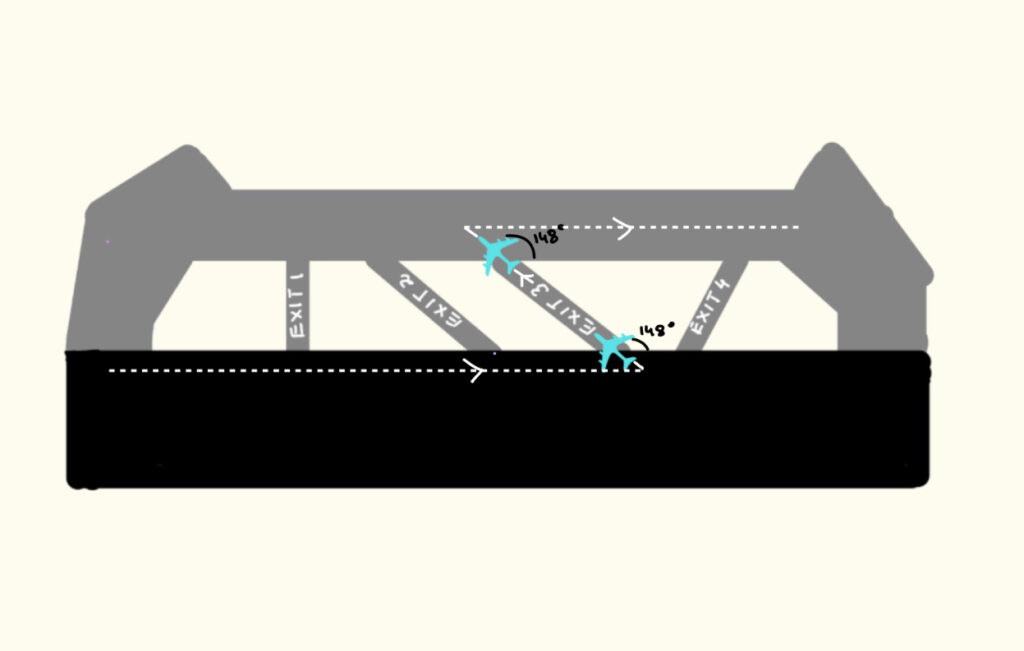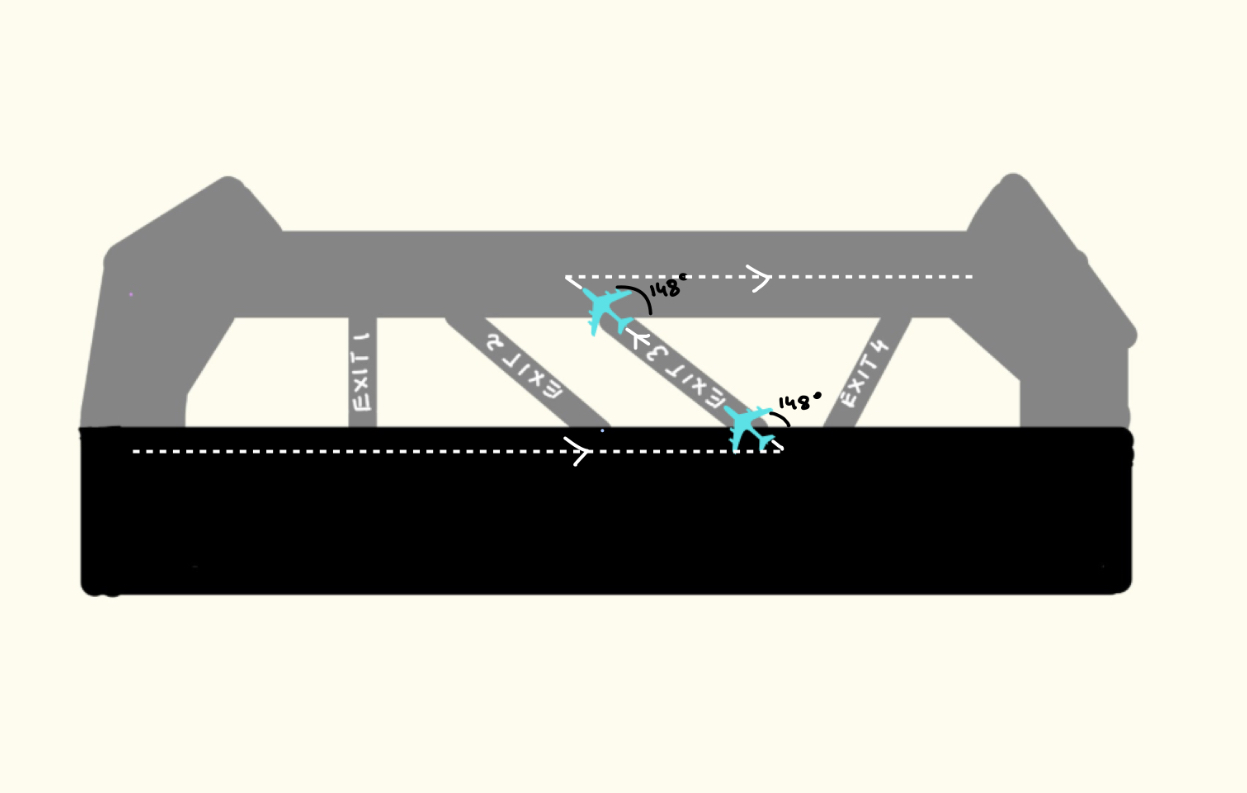Adapted from aviation, how crew resource management found it’s way into medicine as Crisis Resource Management
Around 43 years ago, 2 flights took off from two different countries, making their way towards Las Palmas in the Canary Islands. Pan Am Flight 1736 took off from Los Angeles International Airport making its way towards New York. From there, a total of 16 crew and 380 passengers made their way towards Las Palmas. Another flight, KLM Flight 4805 took off from Amsterdam and was heading towards Las Palmas.
However, before these two aircraft could land at Las Palmas, a dangerous event at the Las Palmas airport diverted all incoming aircraft to the neighboring Los Rodeos airport at Tenerife (Tenerife North Airport). A political group fighting for independence had placed bombs at Las Palmas leading the authorities to divert all incoming aircraft. Both the Pan Am and KLM flights landed at Los Rodeos.
Tenerife is dominated by the Mount Teide mountain range. Trade winds coming from the Atlantic push against the mountain and cool down to form clouds in the north of the island. The south part of the island is almost always sunny. However, the airport was situated on a hill on the north side of Tenerife making it susceptible to rolling clouds and varying degrees of visibility that can change dramatically in a very short time. When both aircraft landed, the visibility was clear however that changed soon. Another issue that contributed to this accident was that the airport had no ground radar which meant the air traffic controller(ATC) could not detect these aircraft on the airport. This would later prove to be crucial.
During this short ‘rest period’ of two hours the captain of KLM flight decides to refuel his jet making it much heavier during takeoff. The atmosphere in these two cockpits was also very different. While the Pan Am captain invited passengers inside the cockpit, the situation in KLM was filled with serious discussions and anxiety. The Dutch authorities had recently implemented strict workhours for pilots and this made the KLM crew in the cockpit anxious. They had a long work day ahead and the captain especially did not want to stay overnight at Las Palmas. The Captain’s decisions would soon have disastrous consequences.
Once the Las Palmas airport opened, both flights prepared to takeoff, but the KLM flight hadn’t finished it’s refueling which led to Pam Am being held back as there just wasn’t enough space on the runway to go past this refueling jet. Once the 747 KLM aircraft has refueled, it is ready to depart to Las Palmas and so is Pan Am flight 1736.
The visibility over Los Rodeos has gotten worse and to make the situation worse, the center lighting on the runway was out of service making it even more difficult for the pilots to see what was happening. The KLM is the first to get instructions as it is much ahead on the runway. Both the captain and first officer try to speed things up and at 16:56 the aircraft was ready to taxi on the runway. They are cleared to turn off the third exit off runway 12 but due to an misunderstanding the Air Traffic controller asks to taxi till the end of the runway make a 180 degree turn and wait.
Behind them the Pan Am flight has been given the same clearance as the one given to KLM before- turn of the third exit on Runway 12. The Captain of Pan Am decides that he would rather wait until the KLM flight is airborne however, this is never transmitted to the ATC due to several radio calls and a change of frequency. He decided to accept his clearance and move forward due to a language barrier and to prevent further understandings. But the Pan Am flight misses the third exit and instead keeps moving forward right. This maybe due to the fact that the third exit was build in such a way that a large 747 aircraft would not be able to take the sharp turns on that exit and the fourth exit seemed a much more feasible option (they assumed the fourth exit was in fact the third exit). While the Pan Am confirmed this, the KLM crew was listening to this conversation and they assumed that the Pan Am was off the runway making the runway clear for them to fly.

The KLM captain soon decides to prepare his aircraft for takeoff and is stopped by his first officer as they hadn’t received the takeoff clearance. The first officer hurriedly asked the ATC for clearance in a way that can be interpreted as asking for takeoff and route clearance. But the ATC assumes he is only asking for en-route clearance and clears the aircraft, however, his clearance included the word ‘takeoff’ which the KLM Captain takes it as a sign to take off a mere 39 seconds before the worst aviation disaster in history. The First Officer is reads back the instructions to the Air Traffic Controller (ATC), and in another misunderstanding, the ATC replies “Okay……….Standby for takeoff. I will call you”. The Pan Am crew who think that the KLM is about to take off rush to inform that they were still on the runway leading to interference in the radio. As a result the KLM flight crew could only hear “okay” from the ATC and proceeds to take off. As they procced to take off the flight engineer inside KLM realises that the Pan Am is still on the runway and he informs the captain but the captain pays no attention to it.
The Pan AM captain soon sees the approaching headlights of the KLM and in a desperate attempt to avoid an accident tries to get his aircraft off the runway but the 340 ton aircraft cannot accelerate that easily. The captain of KLM too sees the silhouette of the Pan Am flight and tries to slow down but it is too late. His aircraft had already reached it’s take off speed and could not be stopped.

KLM flight 4805 tore into Pan Am killing all the passengers in its first lounge and loosing it’s landing gear in the process. The KLM was airborne momentarily and flew for 150 meters before crashing and exploding into a fire ball. All passengers and crew aboard the KLM flight died while only 61 out of the 396 passengers and crew aboard the Pan Am survived including the 2 pilots and the flight engineer.
This disastrous crash lead to the introduction of ‘Crew Resource Management(CRM)’ for airline crews. The airplane industry used stimulations to help them be overprepared in case of a crisis. Other high stake industries including medicine soon implemented similar trainings and procedures. Crisis Resource Management (CRMx) was implemented in healthcare with stimulations being used as a way to equip healthcare workers with scenarios where they would have to act quickly and efficiently. CRMX was first implemented by anesthesiologists in Stanford University
What is Crisis Resource Management?
Crisis Resource Management makes optimal use of all the available resources – People, Procedures and Equipment to promote safety and enhance efficiency during a crisis. Stimulations are as a way to equip healthcare workers with scenarios where they would have to act quickly and efficiently. There are 7 main skills in Crisis Resource Management:
- Know your environment
- Anticipate and plan
- Call for help early
- Leadership
- Allocate attention and utilise information
- Distribute the workload and utilise resources
- Effective Communication
Crisis Resource Managemnt is an extremely important training in a field like medicine where lack of experience, equipement and other facts can quickly turn a relatively low-risk situation into a full blown medical emergency. Just like aviation and aerospace, medicine deals with changing situations, time constraints and high pressure making it important for healthcare workers to act timely in an crisis.
Want someone to write your health and medical content? Check out my services here
